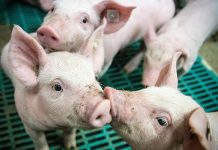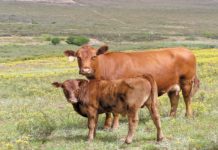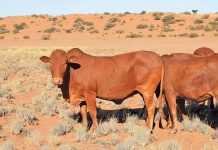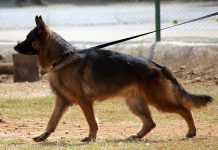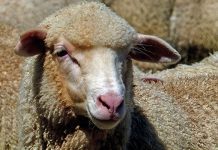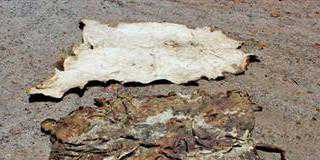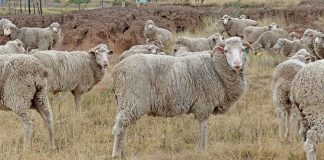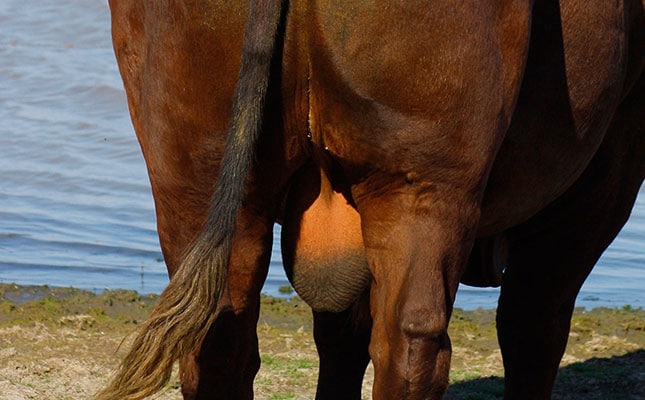
Simply put, a scrotum is a bag of skin hanging from behind the penis, containing the testicles and the vas deferens, or sperm duct.
It’s outside of the body to keep it lower than the body temperature as normal sperm formation occurs at a temperature 4° to 6° below normal body temperature.
As CP Massmann points out in the Simmentaler Journal, the scrotum is important for controlling the temperature of the testicles.
“This is done by means of a temperature-sensitive layer of muscle (cremaster muscle) located in the wall of the scrotum,” he explains.
This muscle relaxes and expands when hot and contracts, or “shrinks”, when cold.
“In warm temperatures, relaxation increases the length of the scrotum, moving the testicles away from the body. In cold weather, the scrotum shortens and the testicles are close to the body,” notes Massmann, whose observations apply to all breeds.
Large fat deposits in the neck of the scrotum may mess up temperature regulation and decrease fertility.
Shapes
There are three basic scrotal shapes. The bottle-shaped scrotum with a distinct neck is the best for temperature control and therefore greater fertility.
‘‘Often bulls with straight-sided scrotums have only moderately-sized testicles,’’ notes Massmann.
This shape is often caused by fat that may affect proper “temperature control” of the testicles. As the bull matures, it’ll often develop a more normal scrotum.
“Wedge-shaped scrotums hold the testicles close to the body wall,” explains Massmann. These bulls have “undersized testicles and seldom produce semen of adequate quality.”
Circumference
Measure scrotal circumference (SC) with a flexible tape measure from the bottom of the scrotum to the point of greatest diameter of the scrotal sac. Selection for increased scrotum circumference (SC) leads to:
• Improved semen quality and production.
• Puberty at a younger age.
• Daughters reaching puberty earlier.
• Greater reproductive potential over daughters’ lives.
A study shows that for every 1cm increase of a sire’s SC over the population average, expect a four-day decrease in the age at onset of puberty in heifer offspring.
Source: Scrotum: An Important Factor In Bull Selection, by CP Massmann, 2008 Simmentaler Journal.


